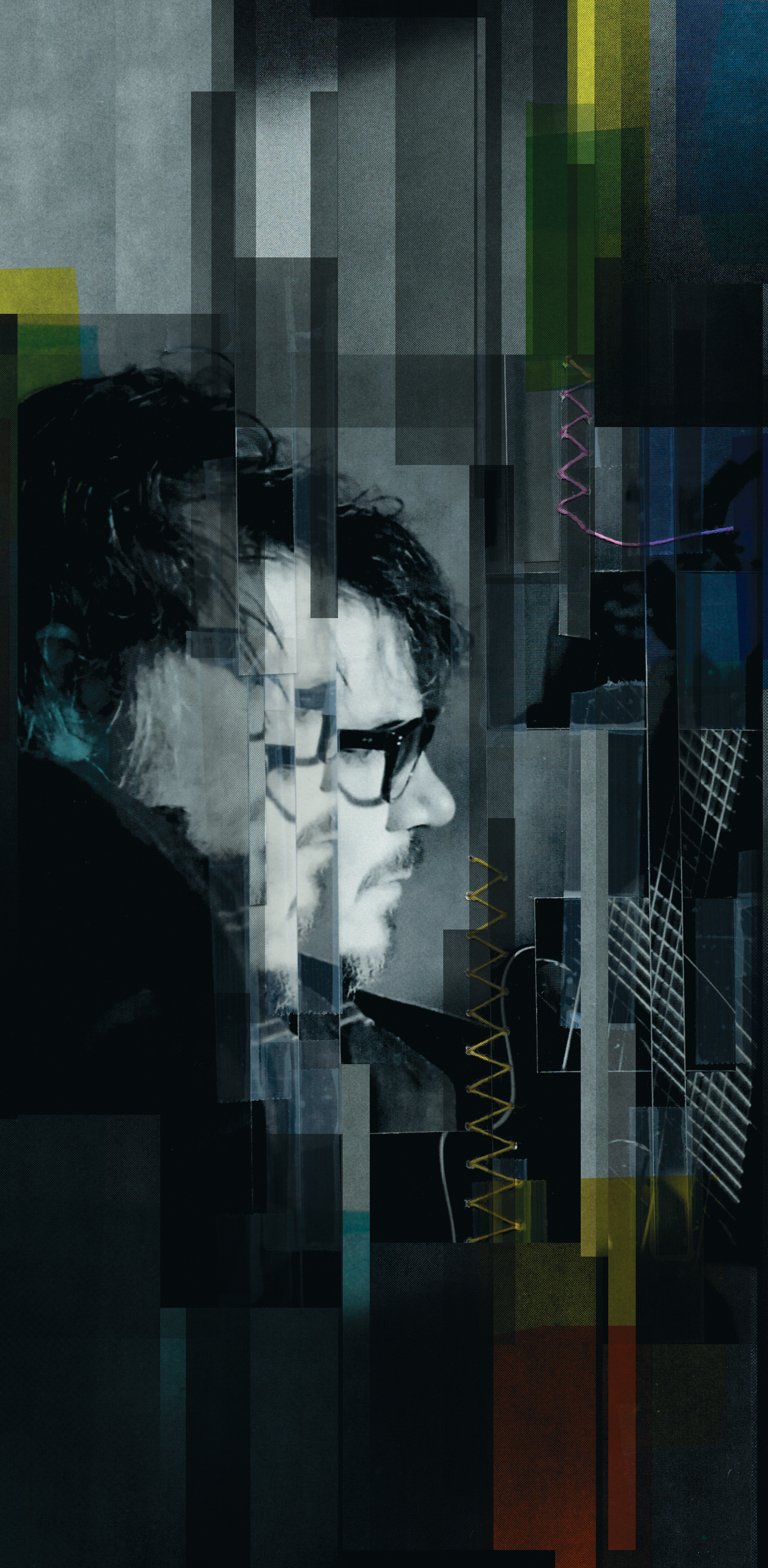There are plenty of great emulations of upscale vintage reverbs out there, from plates and chambers to coveted early digital units. While there is a time and a place for these elegant designs, many times I crave the dirty attitude that only a spring reverb can offer. Enter my new favorite reverb plug-in from PSP, SpringBox; "an emulation of a hardware spring reverberator." PSP won't give away exactly which unit was modeled for this plug-in, but I can tell you that it's quite close to hardware that I've used from Roland and Orban. The GUI is straightforward and features two sets of identical parameters with an A/B switch for easy comparison, as well as a few global controls. Both channels A and B have a high-pass filter, a Presence control that broadly boosts upper midrange frequencies, and a Damp control that sets high frequency damping. Below this is a Time parameter for setting the length of the reverb, and Trim for gain adjustments. Next, we have the option of configuring the reverb as mono in/stereo out or stereo in/stereo out and the ability to utilize anywhere from two to six of the virtual springs. The amount of springs used plays a big part in the sound of this unit – experimentation is encouraged here. Other parameters that affect both channels A and B are Diffusion, a Spread control for setting stereo width, and a Pan/Balance. Finally, we have individual controls for both Dry and Wet signals and a button that engages either a Low CPU mode with slightly attenuated high end or Brilliant mode with an extended response.
On a recent session with the New York-based singer/songwriter Julia Anrather, I captured an electric guitar with both an amp and DI. The '60s semi-hollowbody paired with a Fulltone Supa-Trem2 pedal had a rich and woody tone that everyone agreed was working well. At the end of the day when I was putting together a reference mix, I found that the amped sound was a bit too gritty for the song and opted to use the direct signal. I loved the unique tone that the DI offered but immediately missed the spring reverb from the amp. SpringBox to the rescue! I instantiated the plug-in directly onto the guitar track in my DAW and within minutes had a sound that fit perfectly into the mix.
I brought the high-pass filter up to 60 Hz to eliminate any subsonic junk and decided that the II Spring setting in mono paired best with the electric guitar. Toggling back and forth between II and III Springs gave me some insight into what these settings have to offer. II Springs offered a brighter, leaner quality with a slightly more pronounced boing-y character while III Springs provided more density, a lower midrange richness, and less metallic ringing. I wanted to hear the spring as an effect in this scenario, so the II Spring option was perfect.
Next, I adjusted the Presence parameter in conjunction with Damp in order to achieve the tonal character I was after. I settled on a Presence setting of 6 and a Damp setting near 2 kHz. This gave me a midrange-forward tone without all of the zingy higher frequencies that would overly excite the springs and result in distracting flutter. I left the Time parameter at 5 and eased the Mix control up just above unity. The result was a sound that reminded me of my favorite guitar amp-based units and complimented the track beautifully. Think Nancy Sinatra's "Bang Bang" and you'll be in the ballpark.
I often lean on spring reverbs to add character and dimension to vocals, so I was curious to see how SpringBox would fare. I found the III Spring setting in stereo to be most effective in this role. With the high-pass again at around 60 Hz, the Presence at 2, Damp at 1.8 kHz, and Diffusion at 5, the tone was dark and enveloping. A slightly longer decay time of 7 imparted a richness that really flattered Julia's airy, articulate vocal. I also loved how SpringBox added width without calling too much attention to itself in the mix. The best way I can describe this effect is that it gave the vocal a halo that was immediately missed when the plug-in was bypassed.
I so enjoyed the sound of SpringBox that I wouldn't hesitate to use it as a primary reverb in many of my mixes. It convincingly models all of the unique and wonderful artifacts of spring-based reverb systems but is also capable of subtler spatial enhancement. Tweaking the plug-in's thoughtfully laid out parameters was intuitive and quickly lead to usable sounds on each source that I auditioned. More than anything, this plug-in nails the character of the outboard units that I know and love. I have yet to hear an emulation that comes anywhere close to what SpringBox has to offer.




_disp_horizontal_bw.jpg)